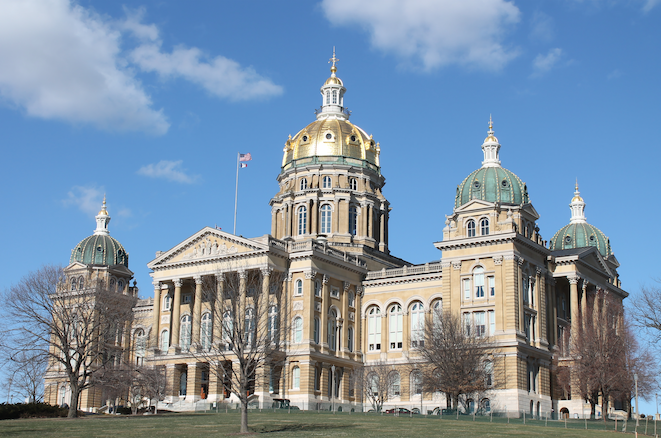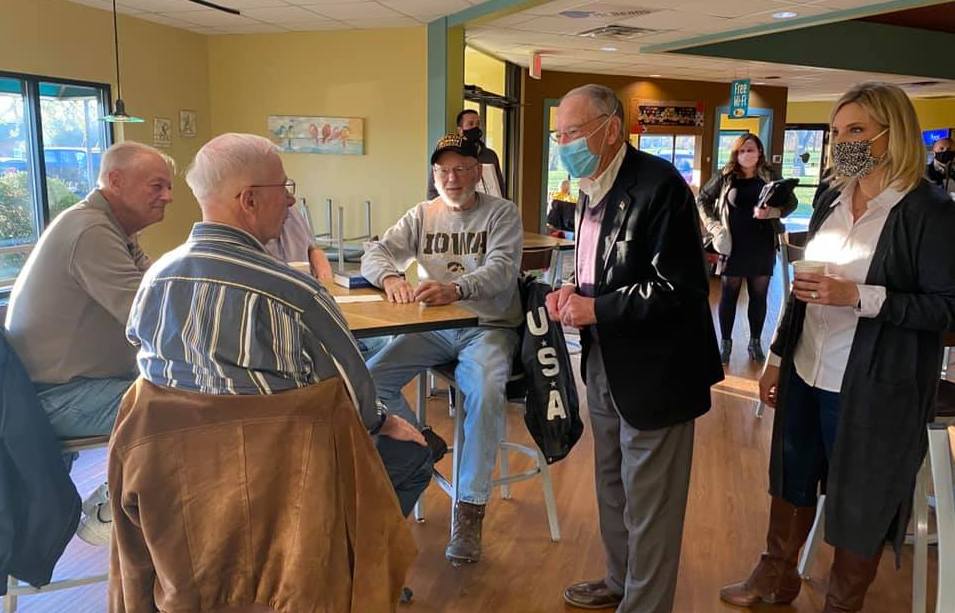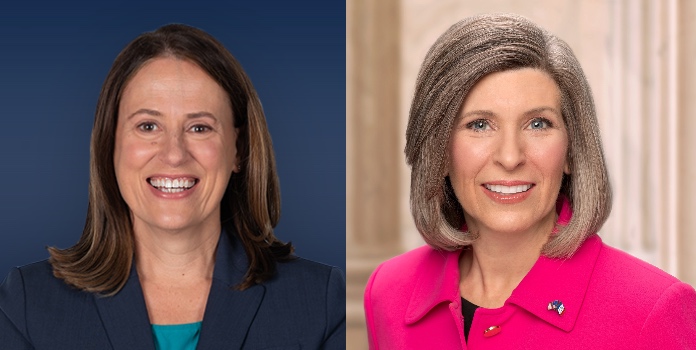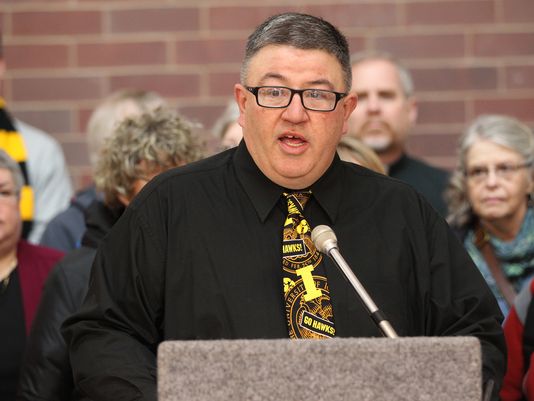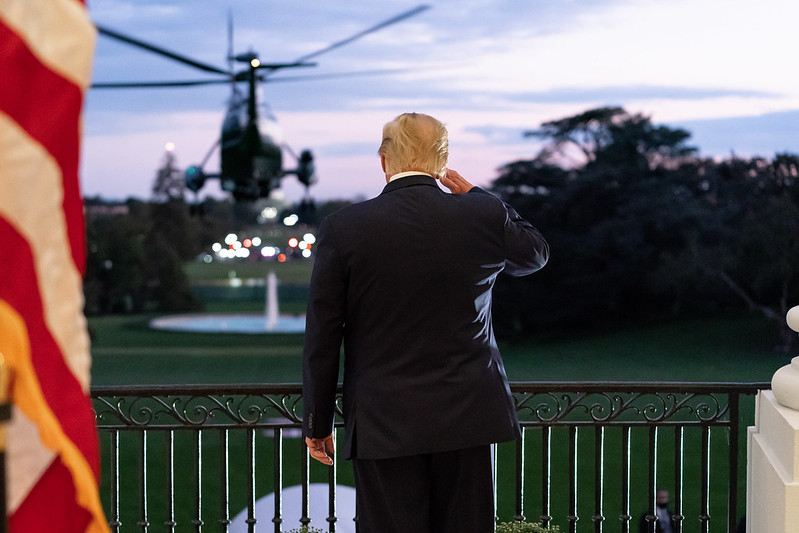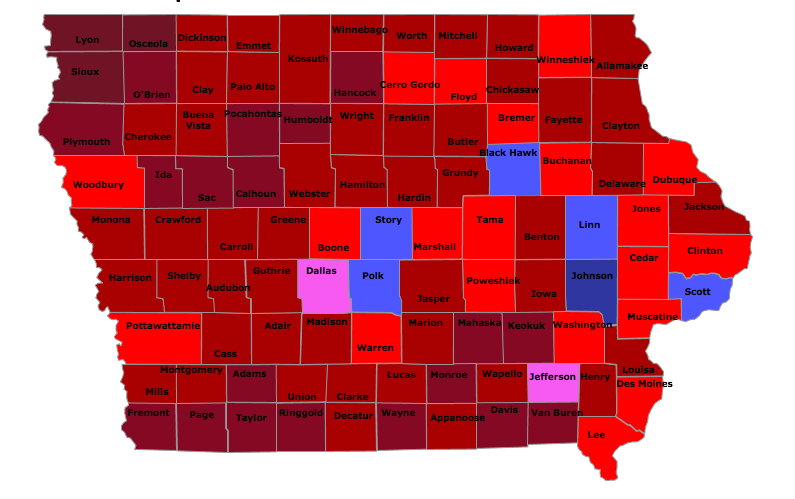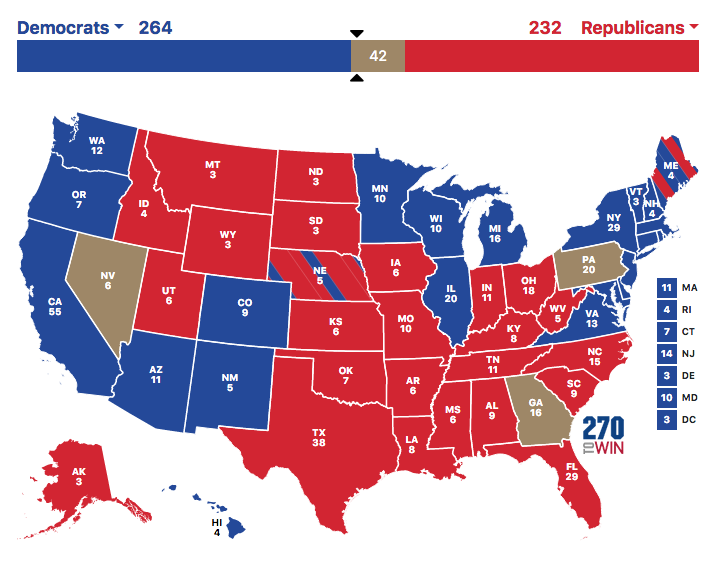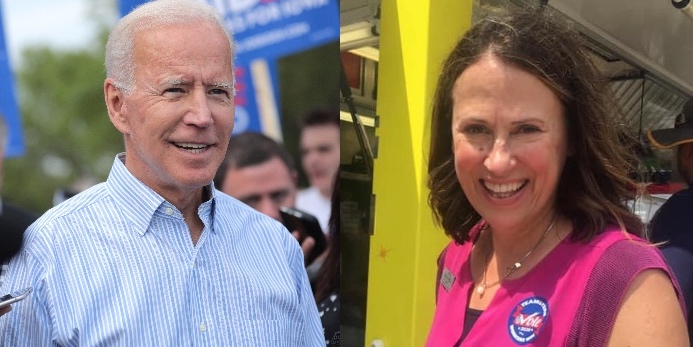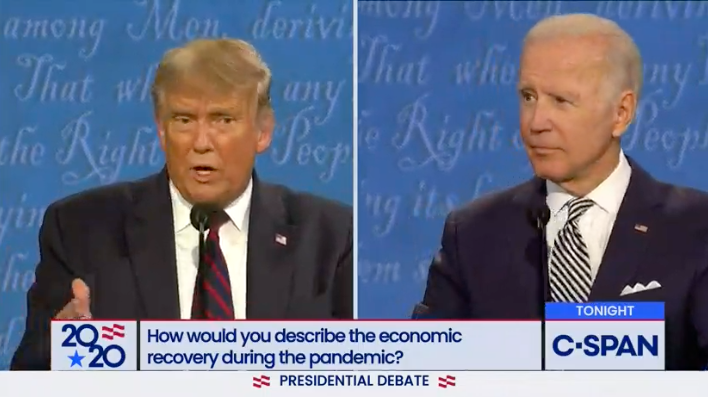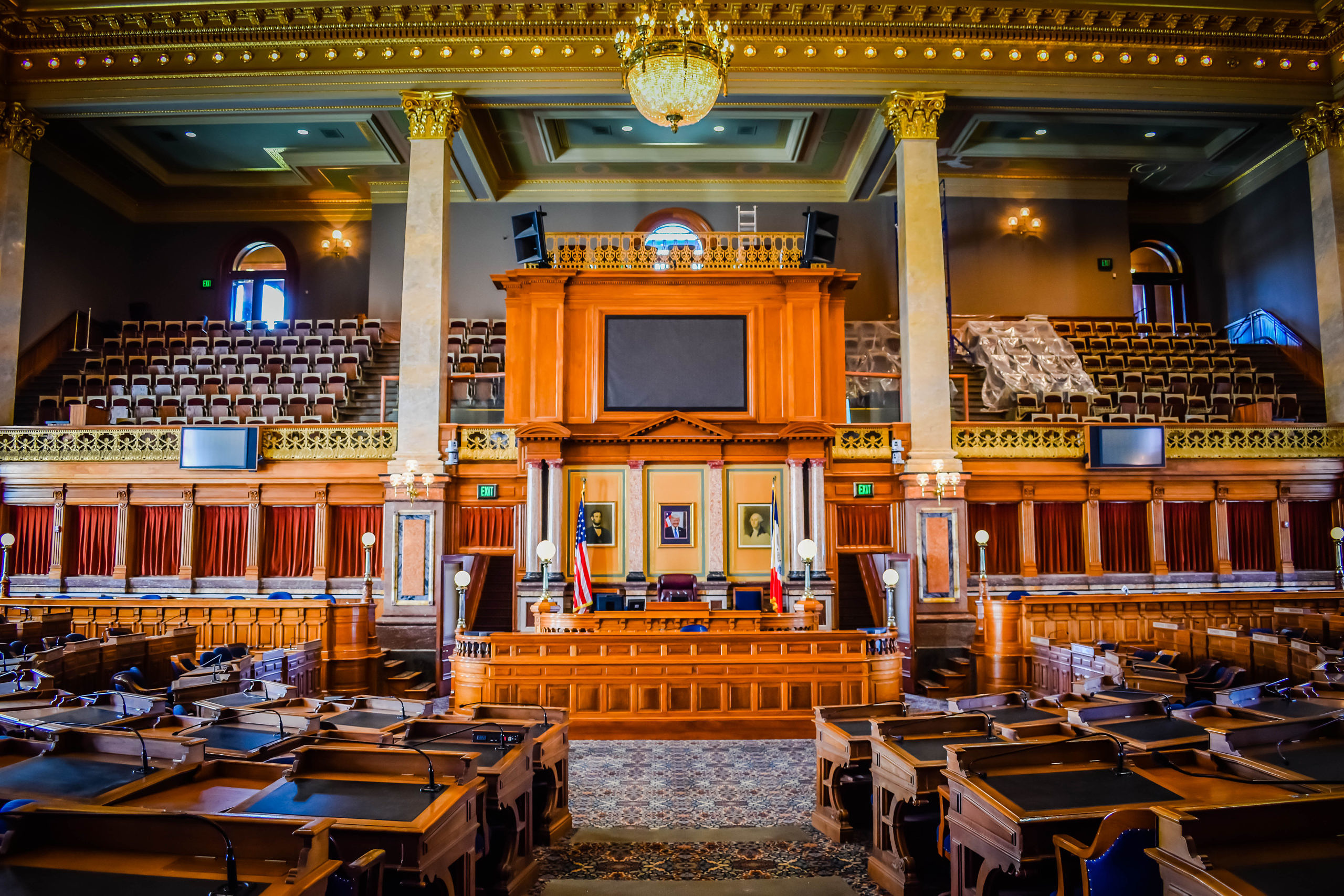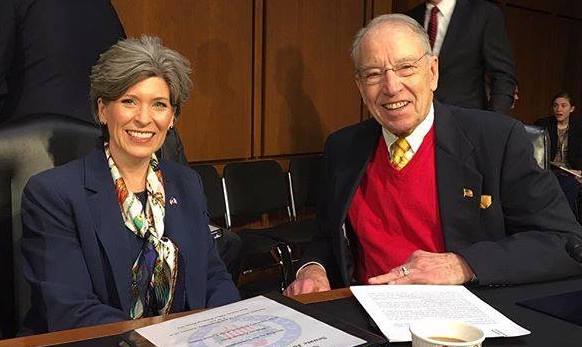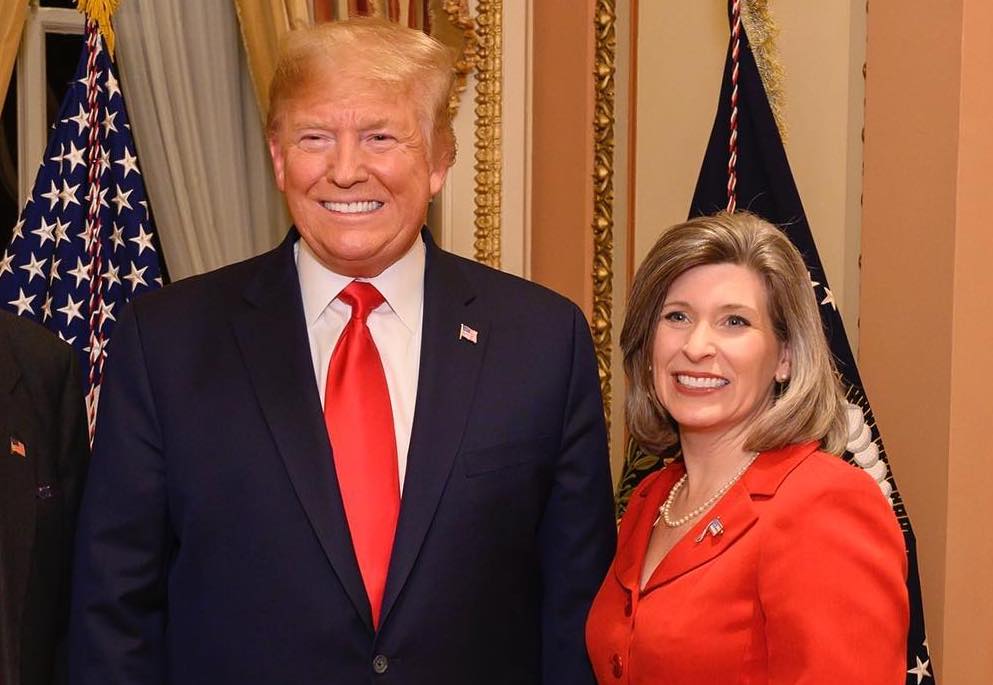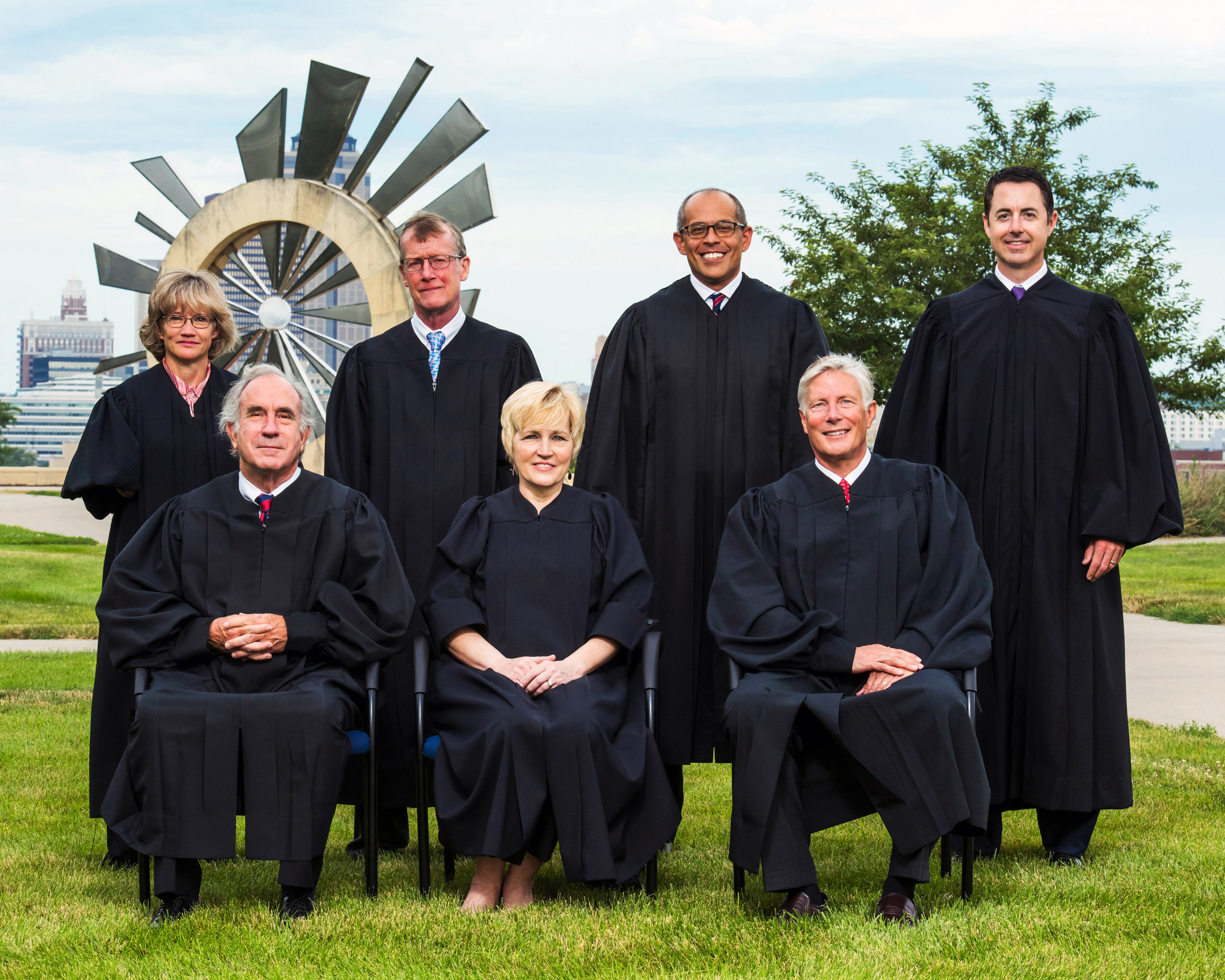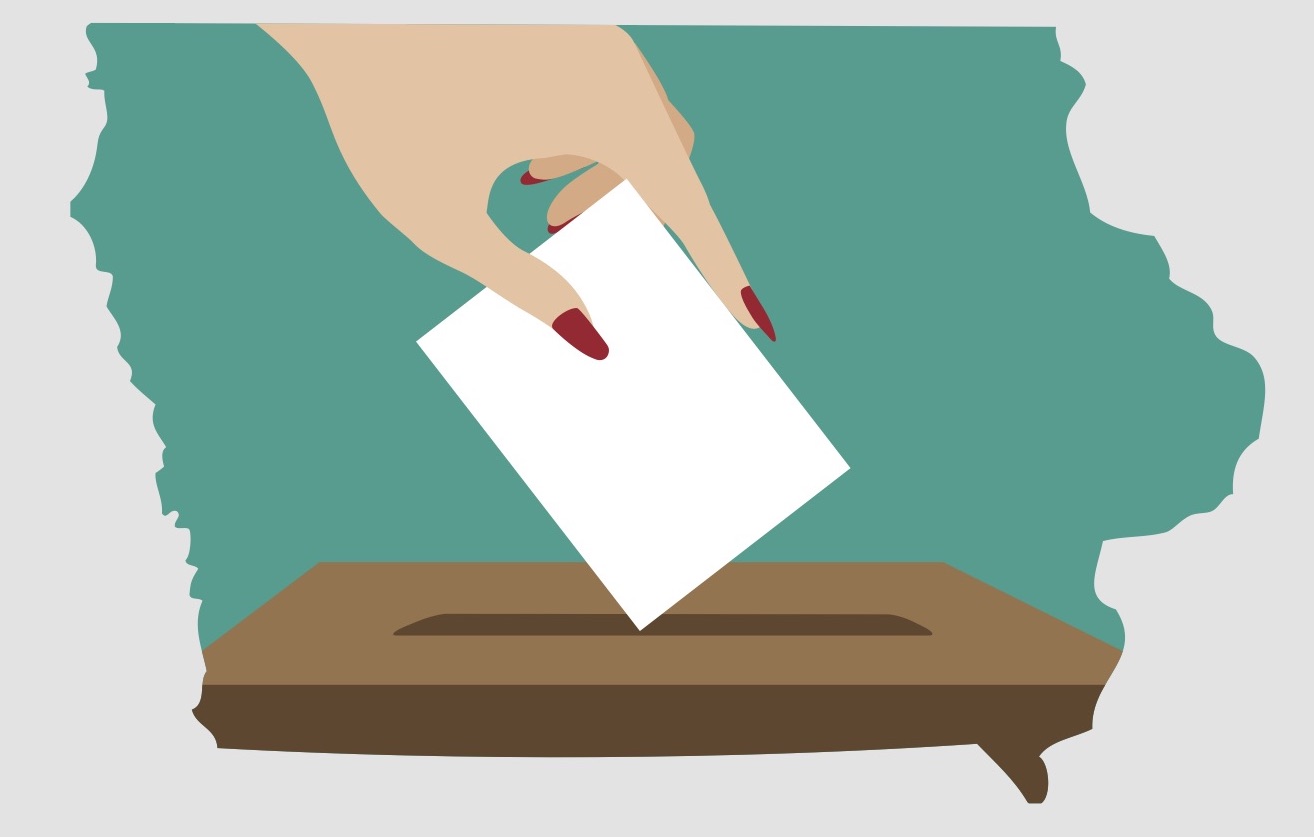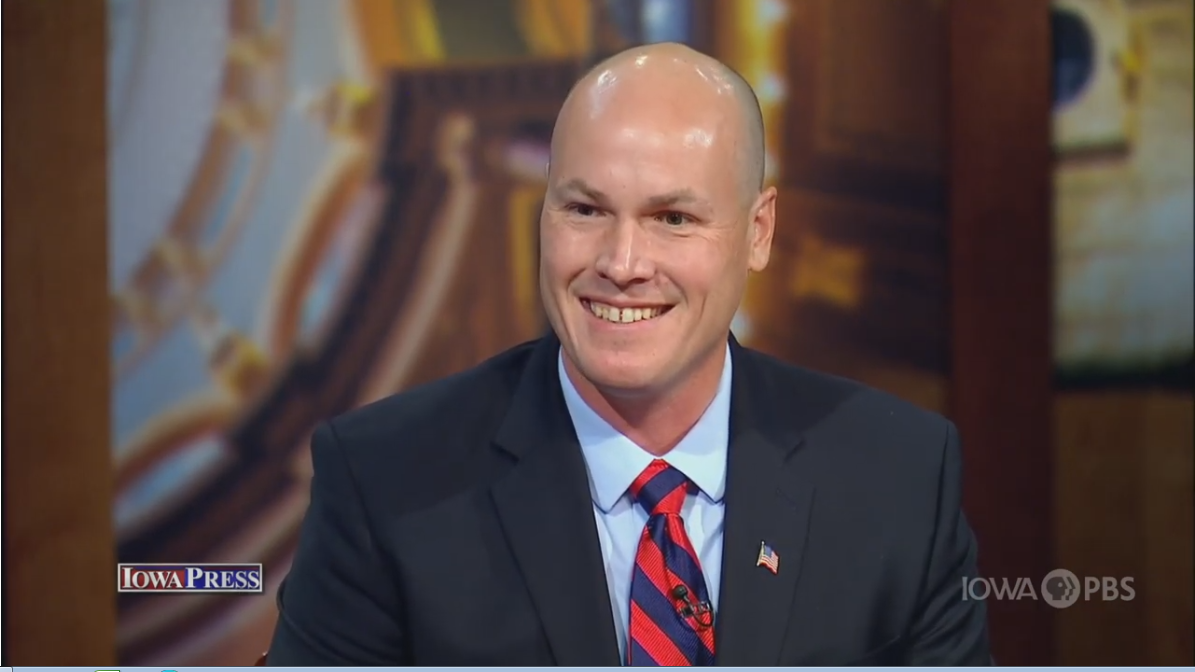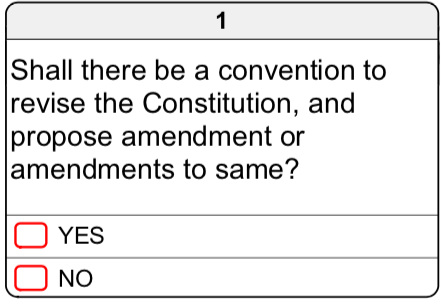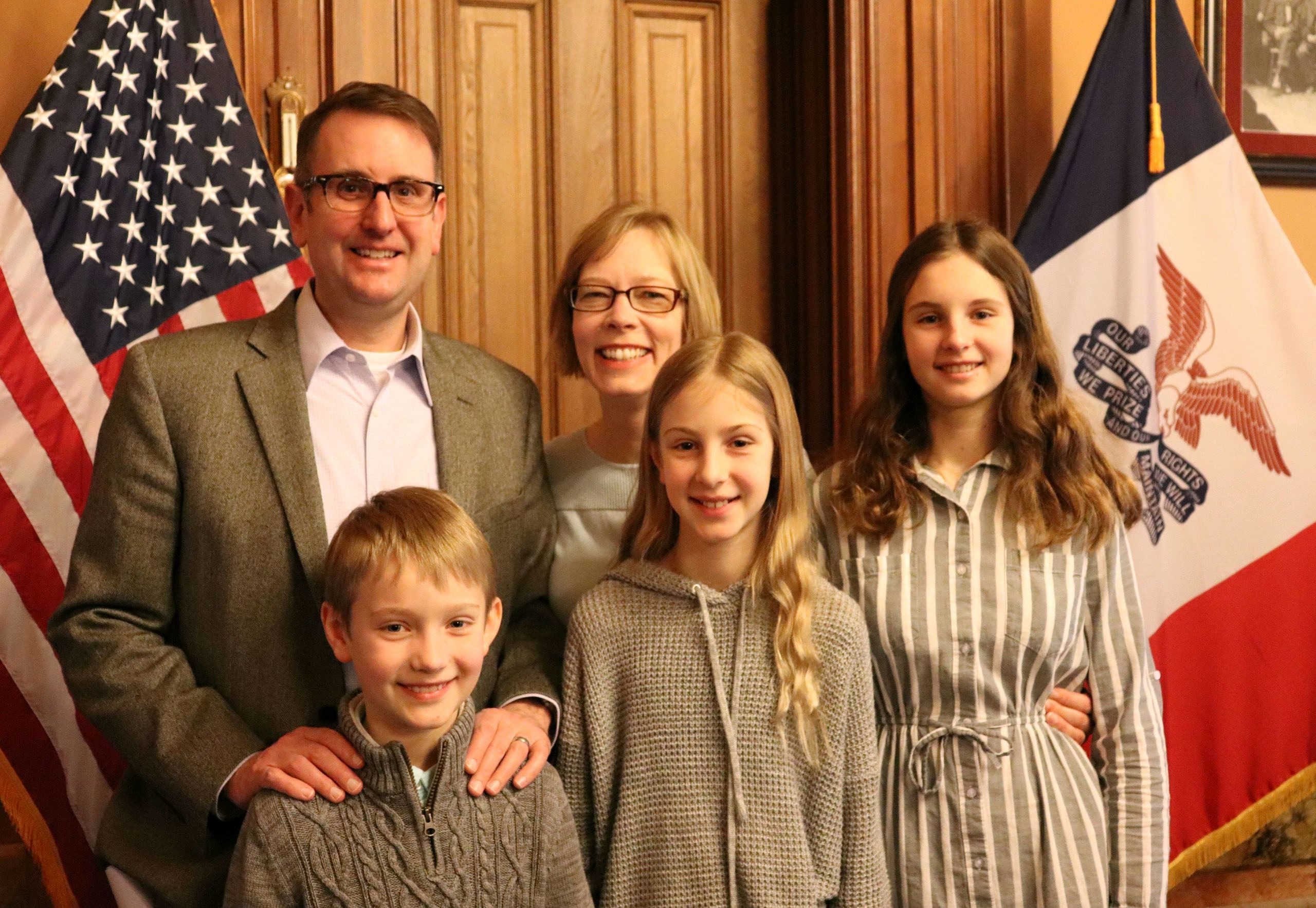Sixth in a series interpreting the results of Iowa’s 2020 state and federal elections.
Republican lawmakers and Governor Terry Branstad set out to cripple public sector unions in 2017 by enacting a law that eviscerated bargaining rights and established new barriers to union representation. Under that law, public employees must vote to recertify their union in each contract period (in most cases, every two or three years). Anyone not participating in the election is considered to have voted against the union. So a successful recertification requires yes votes from a majority of all employees in the bargaining unit.
The law hasn’t accomplished its goal of destroying large unions that typically support Democratic candidates. The vast majority of bargaining units have voted to recertify in each of the past four years. This fall, all 64 locals affiliated with the Iowa State Education Association voted to keep having that union negotiate their contracts. AFSCME Council 61, which represents most Iowa state and local government workers, was nearly as successful, with 64 out of 67 units voting to recertify.
I decided to return to a question Bleeding Heartland first pondered in 2017: how many candidates for other Iowa offices could declare victory under the system Republicans forced on labor unions?
I found that even after Iowa’s highest-turnout election in decades, our state would have no representation in Congress if contenders needed a majority vote among all constituents. “Winners” could be declared in about a third of state legislative races.

